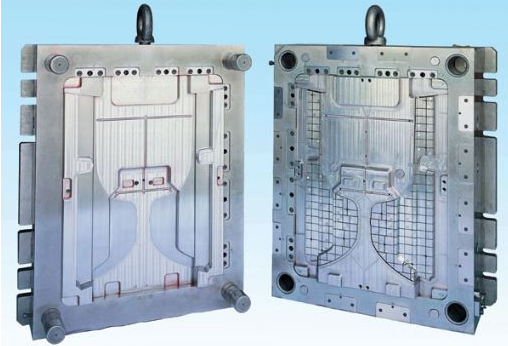In plastic processing, mold temperature is an important variable that needs to be controlled. Perfect temperature control can reduce injection molding unit costs. Improve the quality of products, ensure the correct reproduction of plastic parts, and ensure the uniformity of shrinkage. Therefore, mold temperature control must be optimized. A hot mold surface keeps the plastic surface liquid for long enough to create pressure in the cavity. If the cavity is filled and before the frozen skin is hardened, the cavity pressure presses the soft plastic on the metal, and the cavity surface is highly replicated. On the other hand, if the plastic that entered the cavity at low pressure is suspended, no matter how short the time, then its slight contact with the metal will cause stains, sometimes referred to as gate stains. For each plastic and plastic part, there is a mold surface temperature limit beyond which one or more undesirable effects may occur (for example, components can overflow flash). A higher mold temperature means less flow resistance. In many injection molding machines, this naturally means faster flow through the gating, gates, and cavities, because the injection flow control valve used does not correct this change. Filling faster causes higher levels in the runner and cavity. The effective pressure. May cause flash flash. Since the hotter model does not freeze the plastic that enters the flash edge area before high pressure is formed, the frit can flash over the flash around the ejector rod and overflow into the gap of the dividing line. This shows that there is a need for good injection rate control, and some modern flow control programmers can do this. In general, an increase in the temperature of the mold will reduce the condensation of the plastic in the cavity, making it easier for the molten material to flow within the cavity, resulting in greater part weight and better surface quality. At the same time, the increase in mold temperature will also increase the tensile strength of the part. Many molds, especially engineering thermoplastics, operate at relatively high temperatures. If the mold is not insulated, the heat lost to the air and the injection molding machine can easily be lost as much as the shot tank. So insulate the mold from the board and, if possible, insulate the surface of the mold. If a hot runner mold is considered, try to reduce the heat exchange between the hot runner section and the cooled molded part. This method can reduce energy loss and warm-up time. The purpose of temperature control, formability, appearance of the molded article, physical properties of the material, molding cycle, and the like, are significantly affected by the temperature of the mold core. In general molding, the die temperature is kept low, and it is desirable to increase the number of injections. However, the molding cycle related to the shape of the molded article (mold structure) and the type of the finished material also depends on the temperature at which the die filling must be increased. This is a matter of molding material, which requires only cooling speed. The entry cooling time is short, and even if there is a part that hardens a part that is still soft, the stress due to uneven shrinkage can be avoided. That is, proper temperature control can improve the cooling stress properties. Tank Container,Container Fuel Tank,Prefab Tank Container,Containerized Fuel Tank Yangzhou Tonglee Reefer Container Co., Ltd. , https://www.cimctlc.com